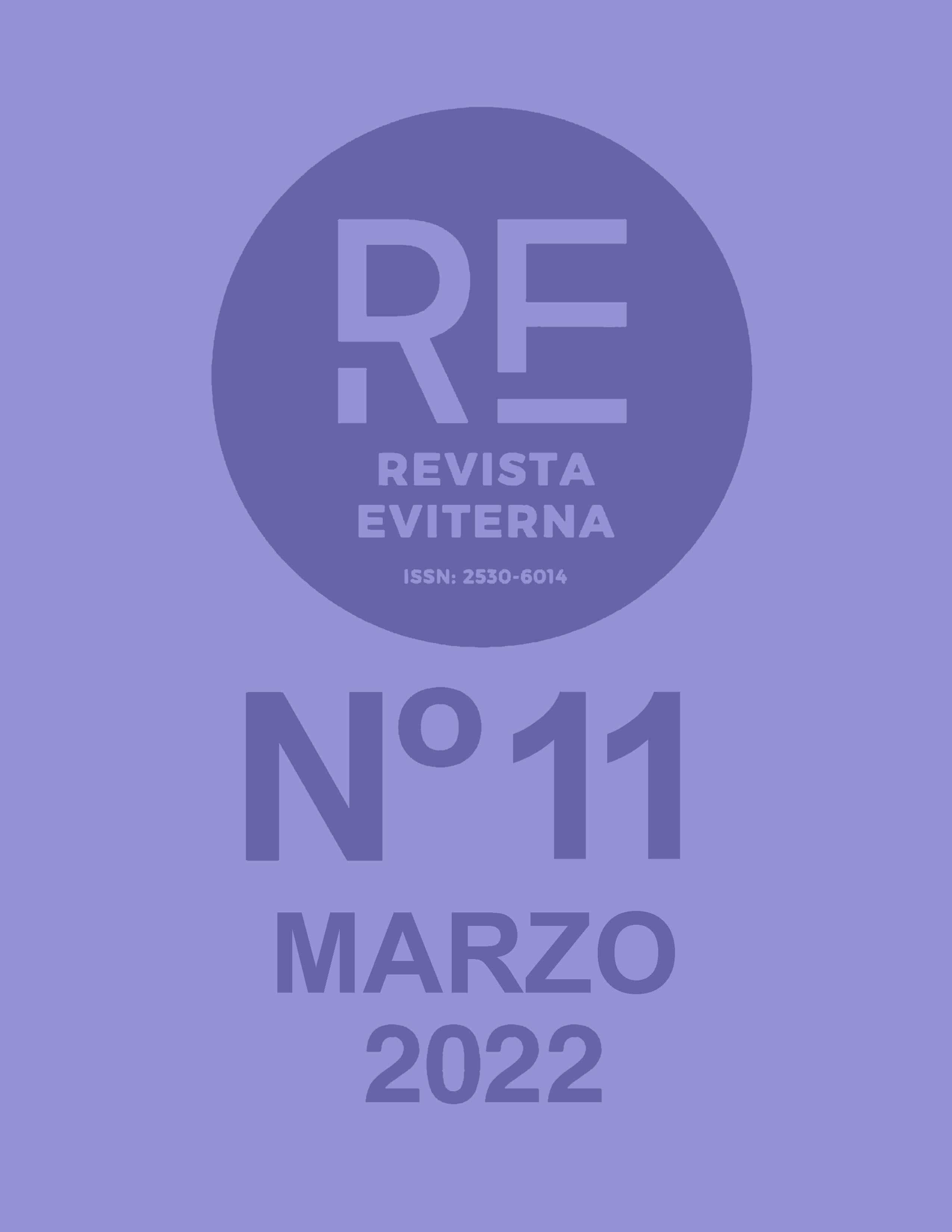The The Face of Another
Mask, Maze, Minotaur
DOI:
https://doi.org/10.24310/Eviternare.vi11.14122Keywords:
Hiroshi Teshigahara, Jômon Pottery, Kôbô Abe, Minotauromachy, Pablo Ruiz PicassoAbstract
The Face of Another (Tanin no kao, Hiroshi Teshigahara, 1966) was adapted for the cinema by Kôbô Abe from his own novel, published in 1964. Both the literary tale and the film deal with the loss of identity, the anomaly and the deep nature of the monster under the frame of an insensitive and alienated society. This paper will comment three brief, outstanding scenes from the film where different perspectives of the deformed main character and his wife are confronted between two very distant artistic references: Pablo Picasso´s Minotarumaquia and the ancient Jômon pottery, the oldest in Japan´s History. Picasso´´ s 1935 print, one of his finest masterpieces, can be recognized in the domestic episodes where the couple reveal a deep marriage crisis. The presence of this print goes beyond the simple representation of an emotional disagreement for becoming a sophisticated metalinguistic resource, as it shapes a subplot over the main story, complementing it under a new point of view. Okuyama´s home is defined, from this artistic confrontation, as a space of death, imposture and loss: a domestic grave and an existential maze. Moreover, we can recognize some other outstanding topics on this scene, where modern art is confronted with the primitives. Picasso's Minotauromaquia and the Japanese prehistorical pottery establish a link between the beginning and the end of the culture, illustrating the return to the origins as a way for renewing the arts. As well as Picasso turned back to the old myths and the ancient cultures for strengthen his artistic practice, Teshigahara claims for the historical roots of the Japanese people as their rightful and genuine source.
Downloads
Metrics
Publication Facts
Reviewer profiles N/A
Author statements
Indexed in
-
—
- Academic society
- N/A
- Publisher
- Universidad de Málaga
References
Abe, K. (1994). El rostro ajeno. Siruela.
--- (2013). The Frontier Within: Essays by Kôbô Abe. Columbia University Press.
Alcalde Martín, C. (2008). El minotauro y Picasso. Minerva: Revista de Filología Clásica, 21, 195-209.
Anónimo (30 de enero de 1978). Japan´s Picasso of the Flowers: Blue Wind blows new life into an ancient art. Time.
Anónimo (1992). Cinema and Hiroshi Teshigahara. Teshigahara Productions.
Ashton, Dore (1997). The Delicate Thread: Teshigahara´s Life in Art. Kodansha.
Baer, B. (1997). Minotauromaquia: Fondos del Museo Picasso. Marbella: Museo del Grabado Español Contemporáneo.
Betancor, O. (2008). La pérdida de la identidad en El rostro ajeno, de Kôbô Abe. Espéculo: Revista de estudios literarios. Recuperado de: http://webs.ucm.es/info/especulo/numero40/rostroaj.html
Borges, J. L. (1983). Abencaján el Bojarí, muerto en su laberinto. En El Aleph (pp. 123-136). Barcelona: Seix Barral.
Cabezas, A. (1990). La literatura japonesa. Hiperión.
García Gómez, F. (2011). Minotauromaquia: Pablo en el laberinto (Juan Pablo Etcheverry, 2004). En: Picasso: Cine y Arte (pp. 217-225). Málaga: Fundación Pablo Ruiz Picasso-Ayuntamiento.
García Gutiérrez, F. (1990). Las cerámicas de las primitivas culturas de Japón. En Japón y Occidente: Influencias recíprocas en el arte. Guadalquivir, 30-39.
Isozaki, A. (1981). Metamorphosis: Another Face of Teshigahara Hiroshi. En Teshigahara Hiroshi. Espace Pierre Cardin, prólogo.
Mc Donald, K. (2000). Stylistic Experiment: Teshigahara´s The Face of Another (1966). En From Book to Screen: Modern Japanese Literature in Film (pp. 277-295). East Gate.
Mellen, J. (1975). Hiroshi Teshigahara. En Voices from the Japanese Cinema (pp. 163-178).. Liveright.
Navarro, M. (2005). La belleza de lo cruel: Lo bello monstruoso. En Minotauro (pp. 6-25). Pamplona: Fundación Caja Navarra.
Picasso, P. (2003). Suite Vollard und Minotauromachie. Madrid: Sociedad Estatal para Exposiciones Internacionales.
Santos, A. (2020). La Nuberu Bagu y el nuevo Japón: historias crueles de juventud. Comillas Journal of International Relations, 27, 8-23.
Teshigahara, H. (1982). All about Teshigahara Hiroshi. Shogetsu Shuppan.
--- (1990). Lo straordinario dietro l´angolo. En Racconti crudeli di gioventú: Nuovo Cinema Giapponese degli anni 60 (pp. 137-146). Edizioni di Torino.
Downloads
Published
How to Cite
Issue
Section
License
All the contents published in Revista Eviterna are subject to the Creative Commons Reconocimento-NoComercia-Compartirigual 4.0 license, the full text of which can be found at <http://creativecommons.org/licenses/by-nc-sa/4.0>
They may be copied, used, disseminated, transmitted and publicly exposed, provided that:
The authorship and original source of your publication (Journal, editorial and URL of the work) are cited.
They are not used for commercial purposes.
The existence and specifications of this use license are mentioned.

Copyright is of two kinds: moral rights and patrimonial rights. Moral rights are perpetual, inalienable, inalienable, inalienable, inalienable and imprescriptible prerogatives.
In accordance with copyright legislation, Revista Eviterna recognizes and respects the moral rights of the authors, as well as the ownership of the economic right, which will be transferred to the University of Malaga for dissemination in open access.
The economic rights refer to the benefits obtained by the use or disclosure of the works. Revista Eviterna is published in open access and is exclusively authorized to carry out or authorize by any means the use, distribution, disclosure, reproduction, adaptation, translation or transformation of the work.
It is the responsibility of the authors to obtain the necessary permissions of the images that are subject to copyright.







12.png)



